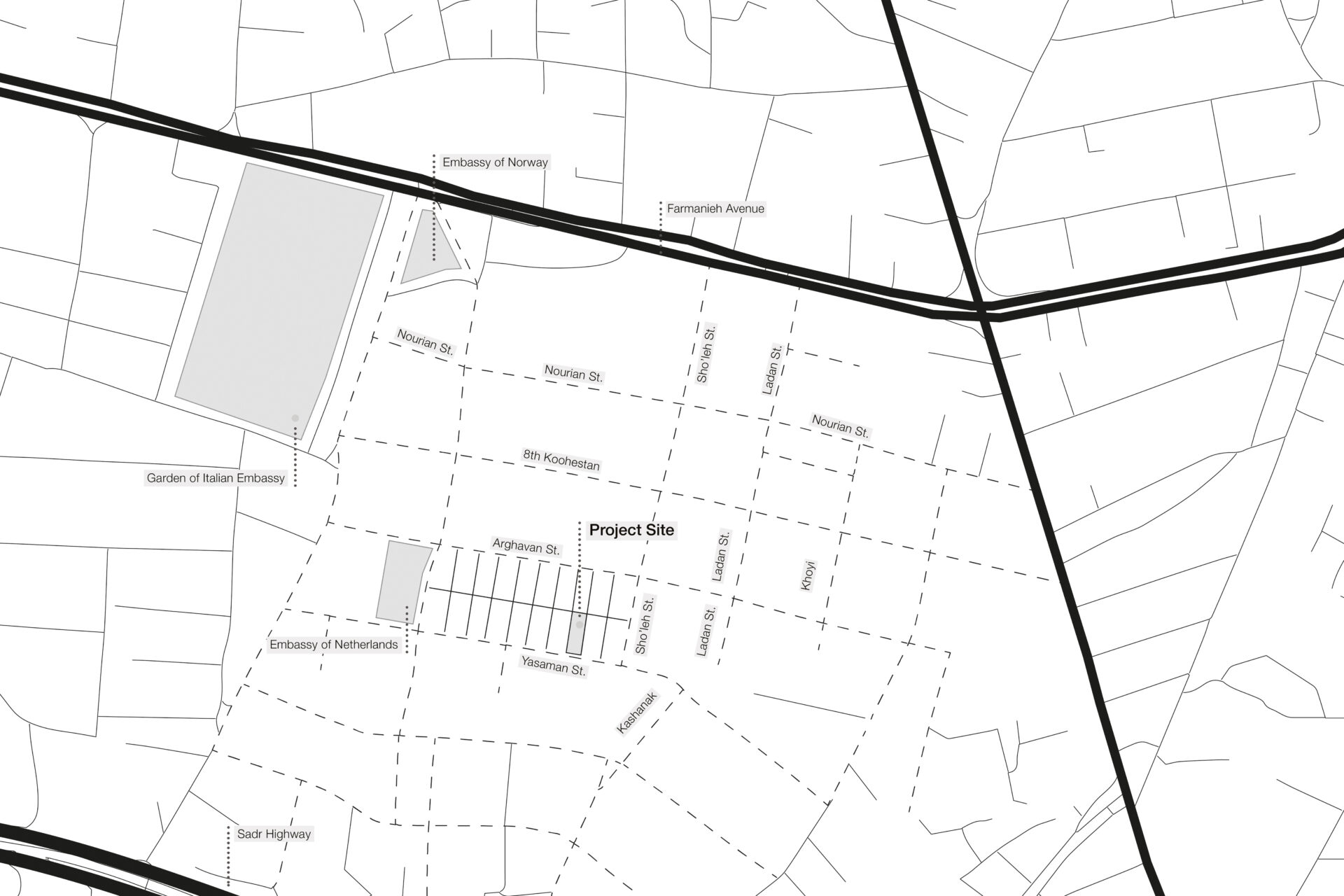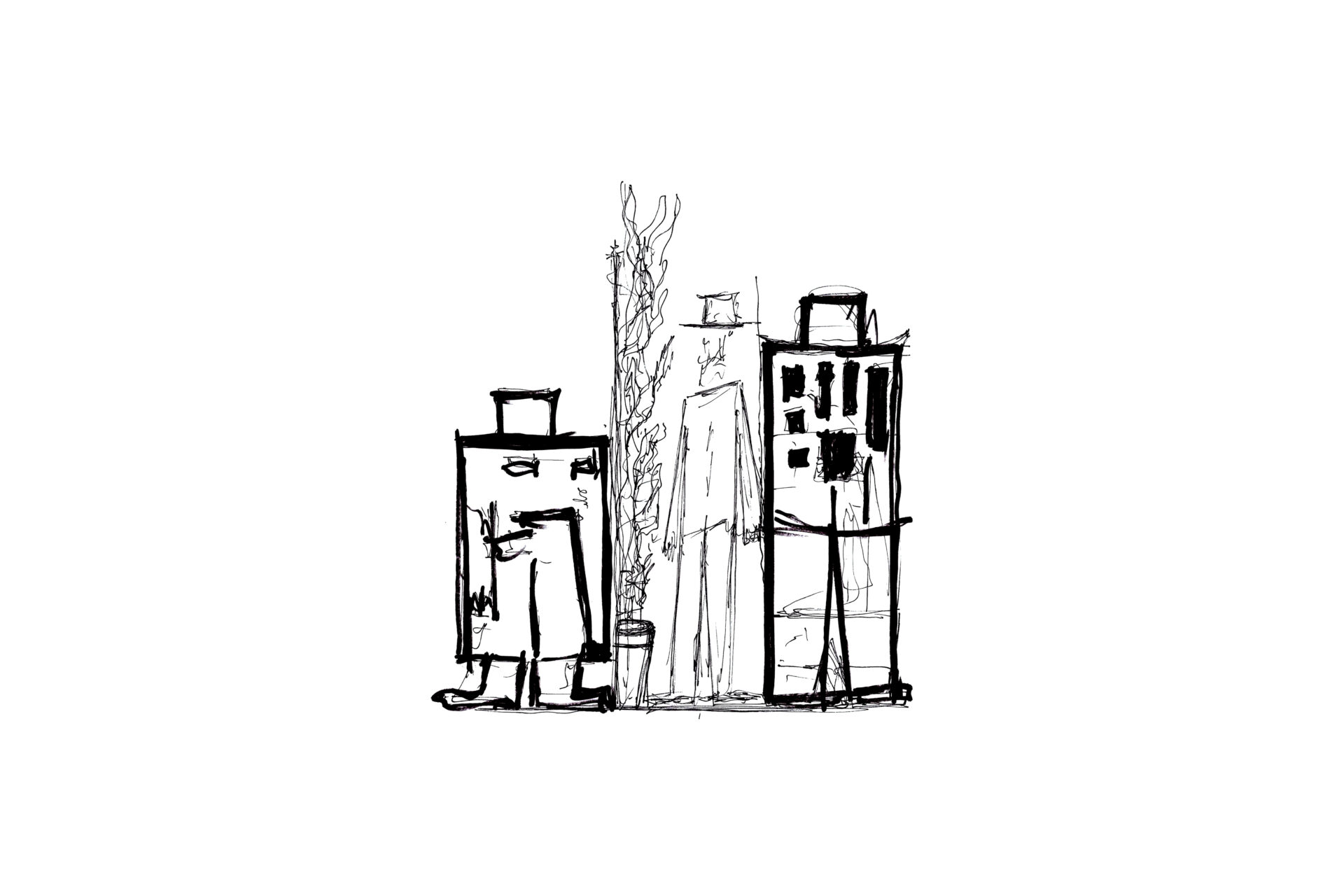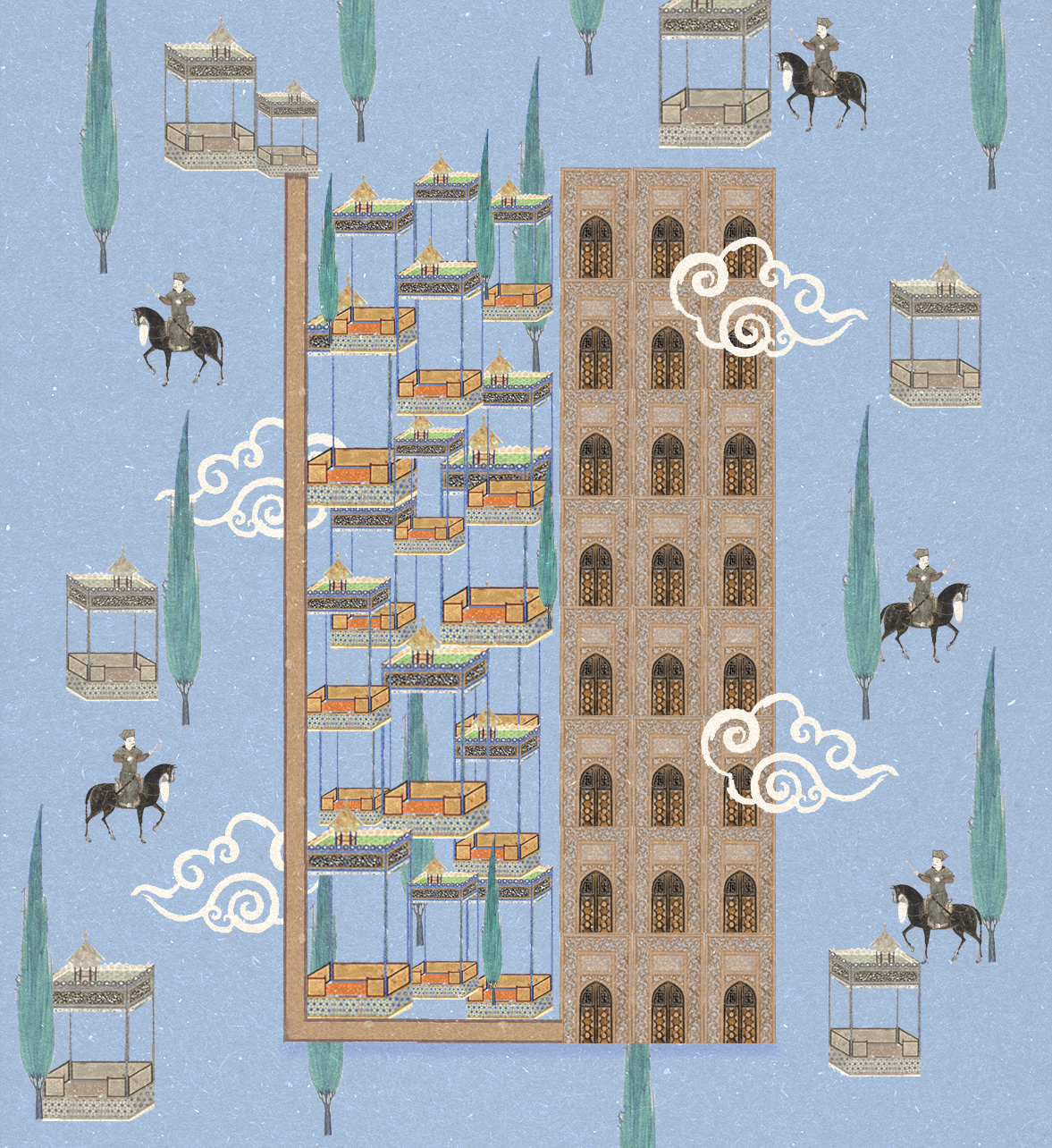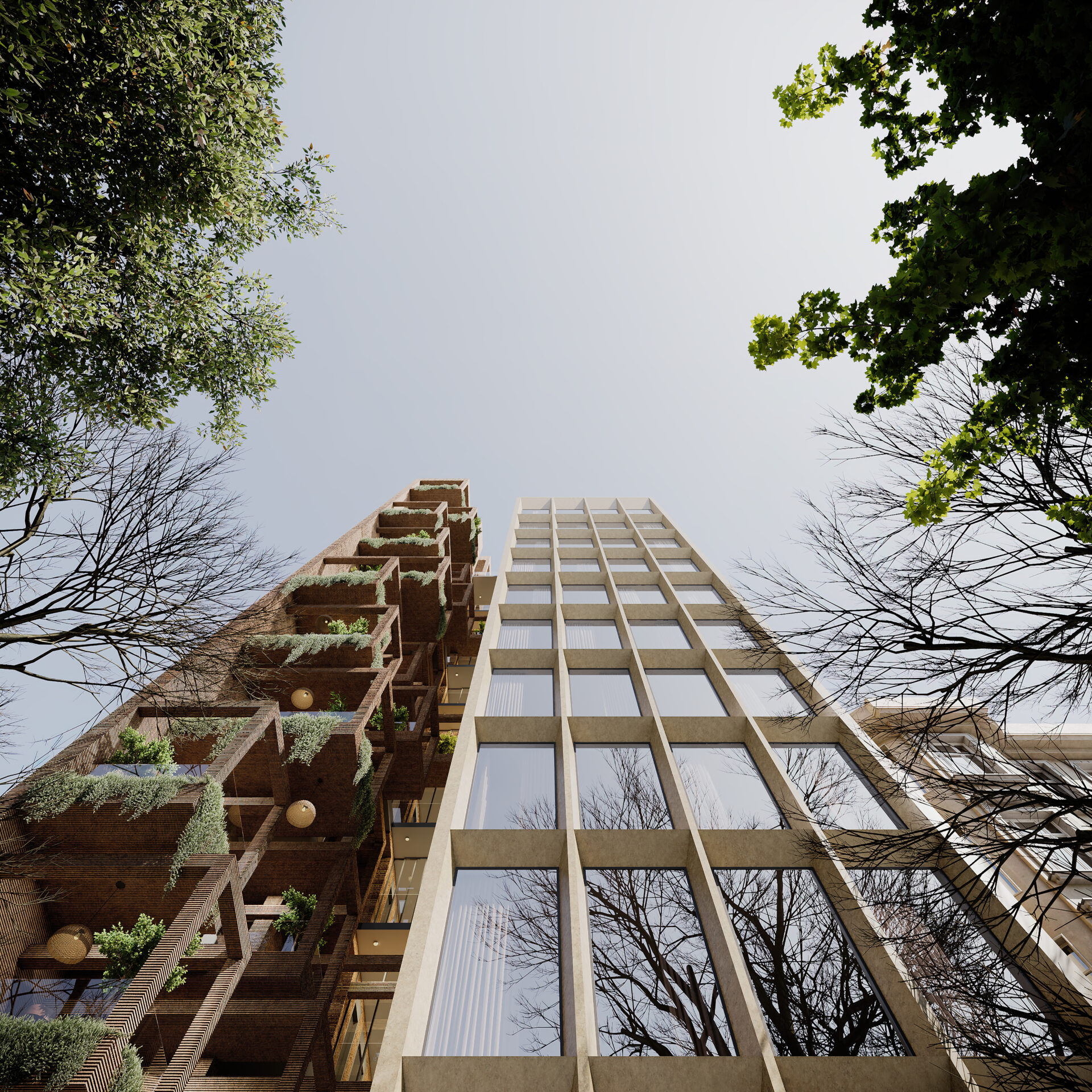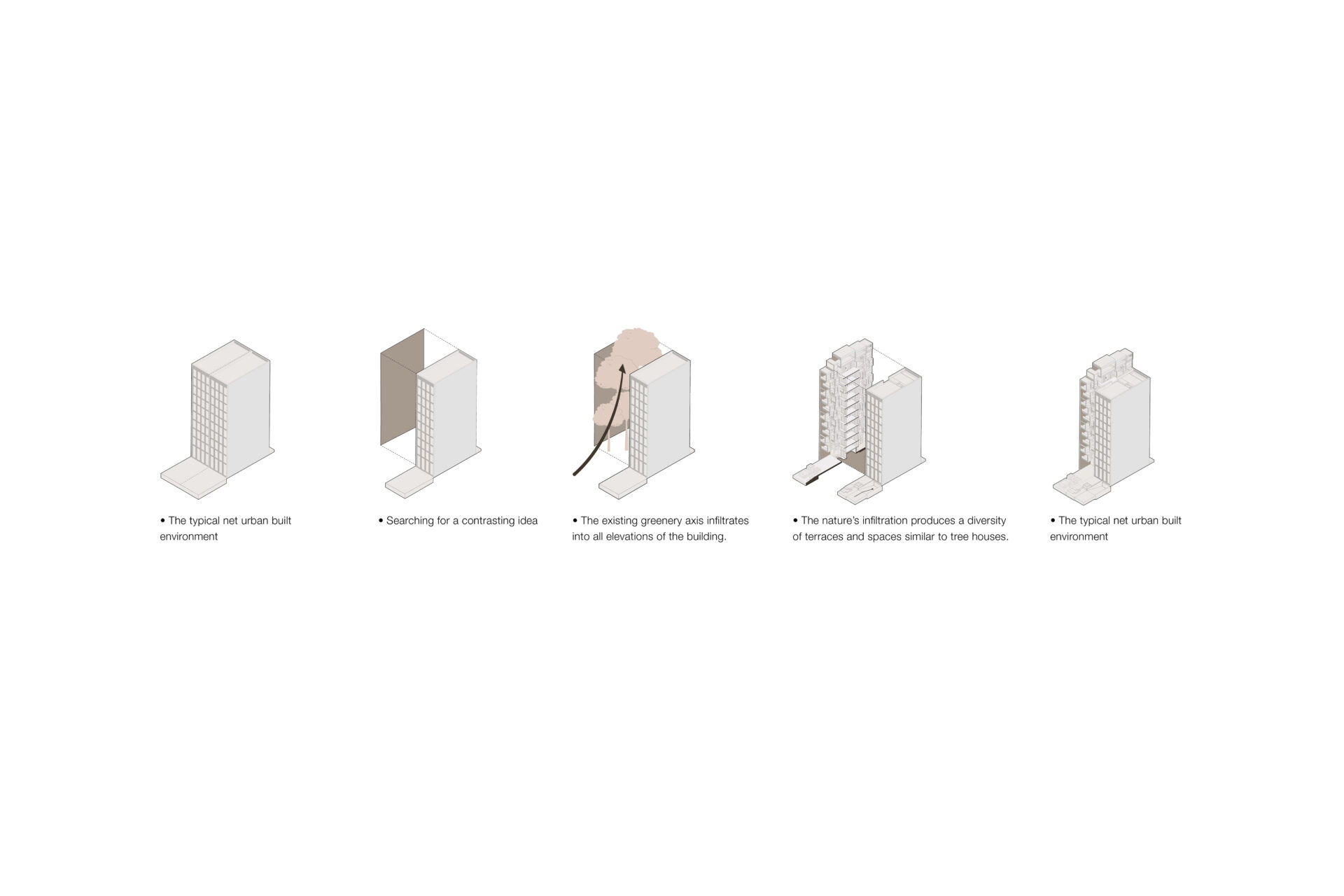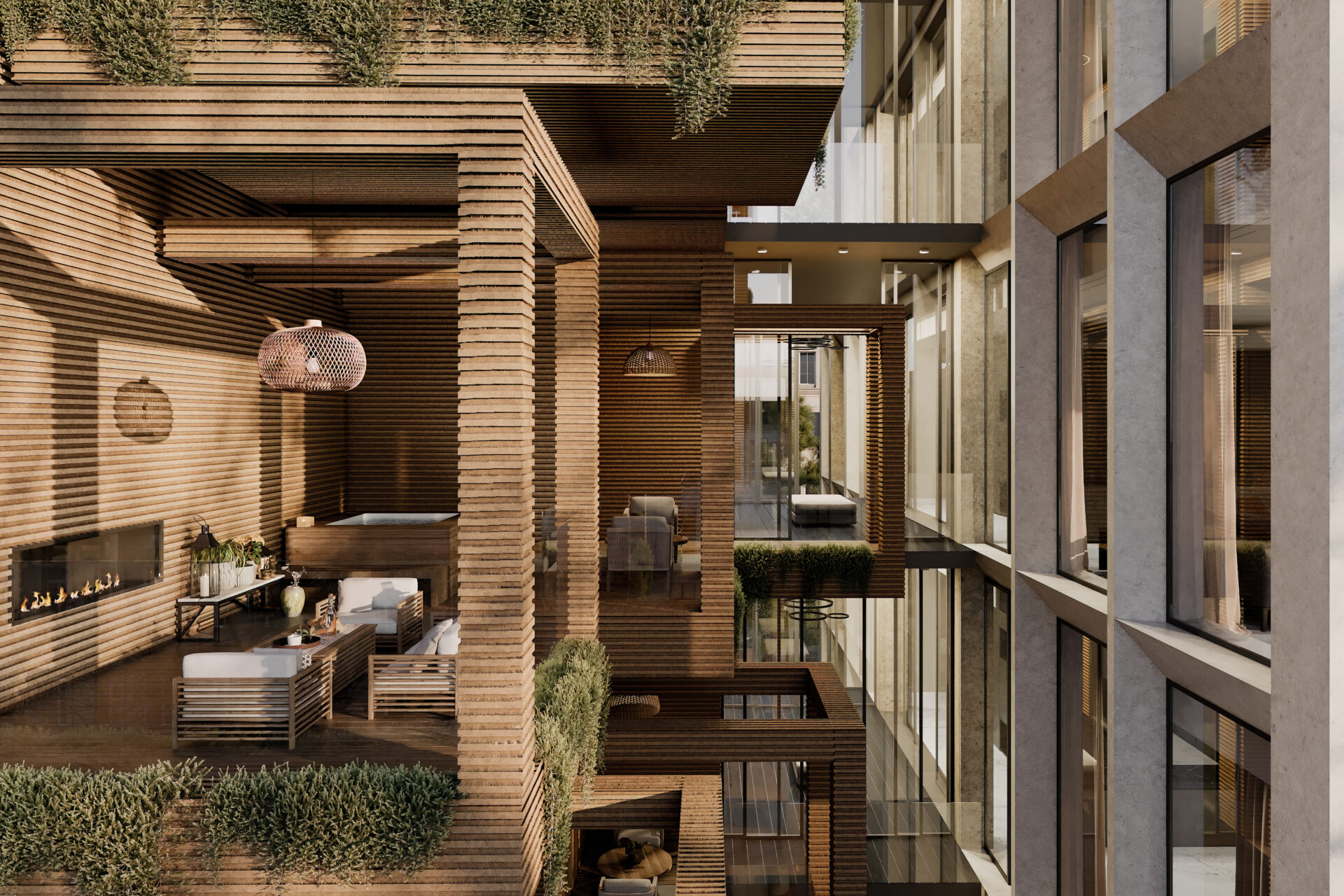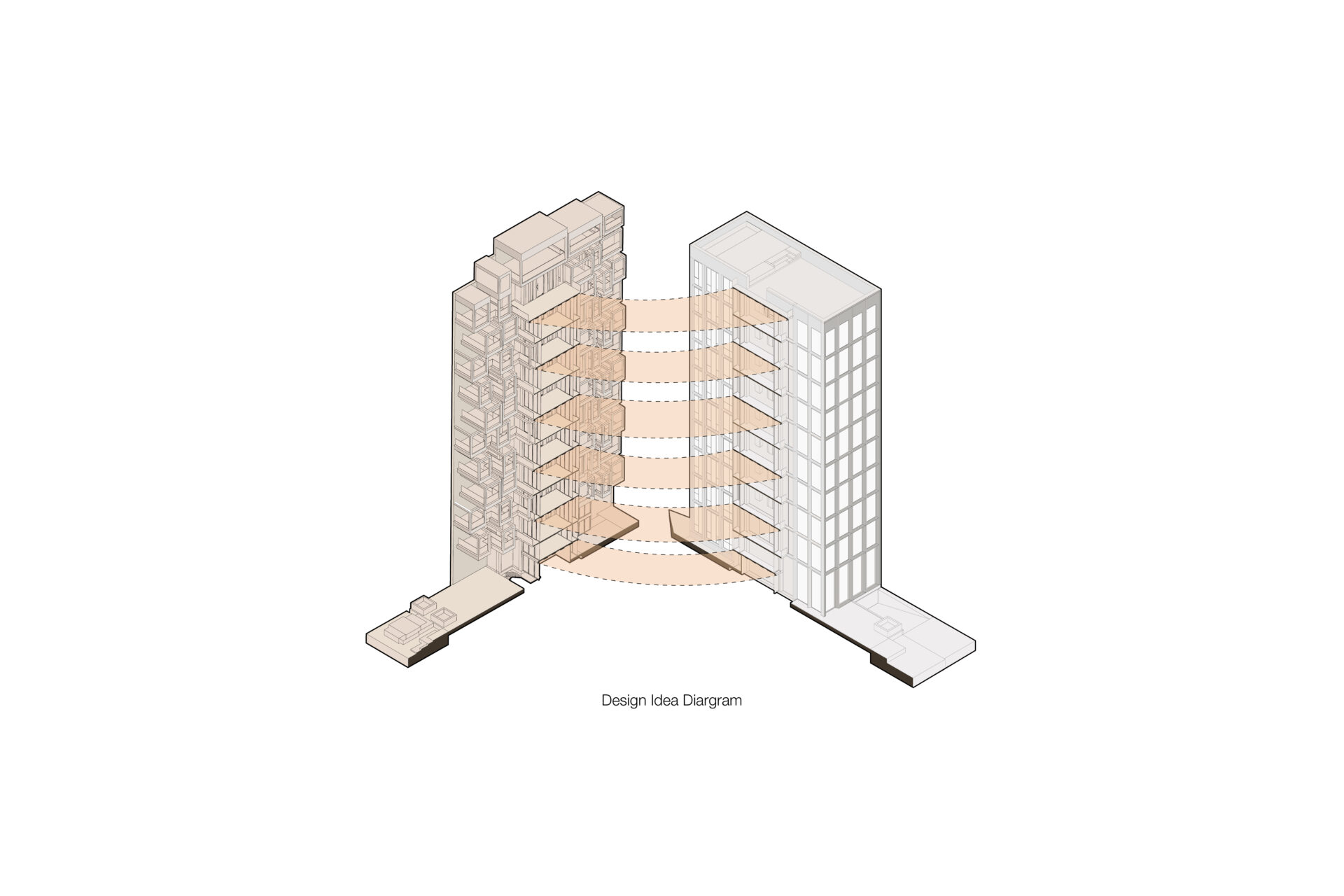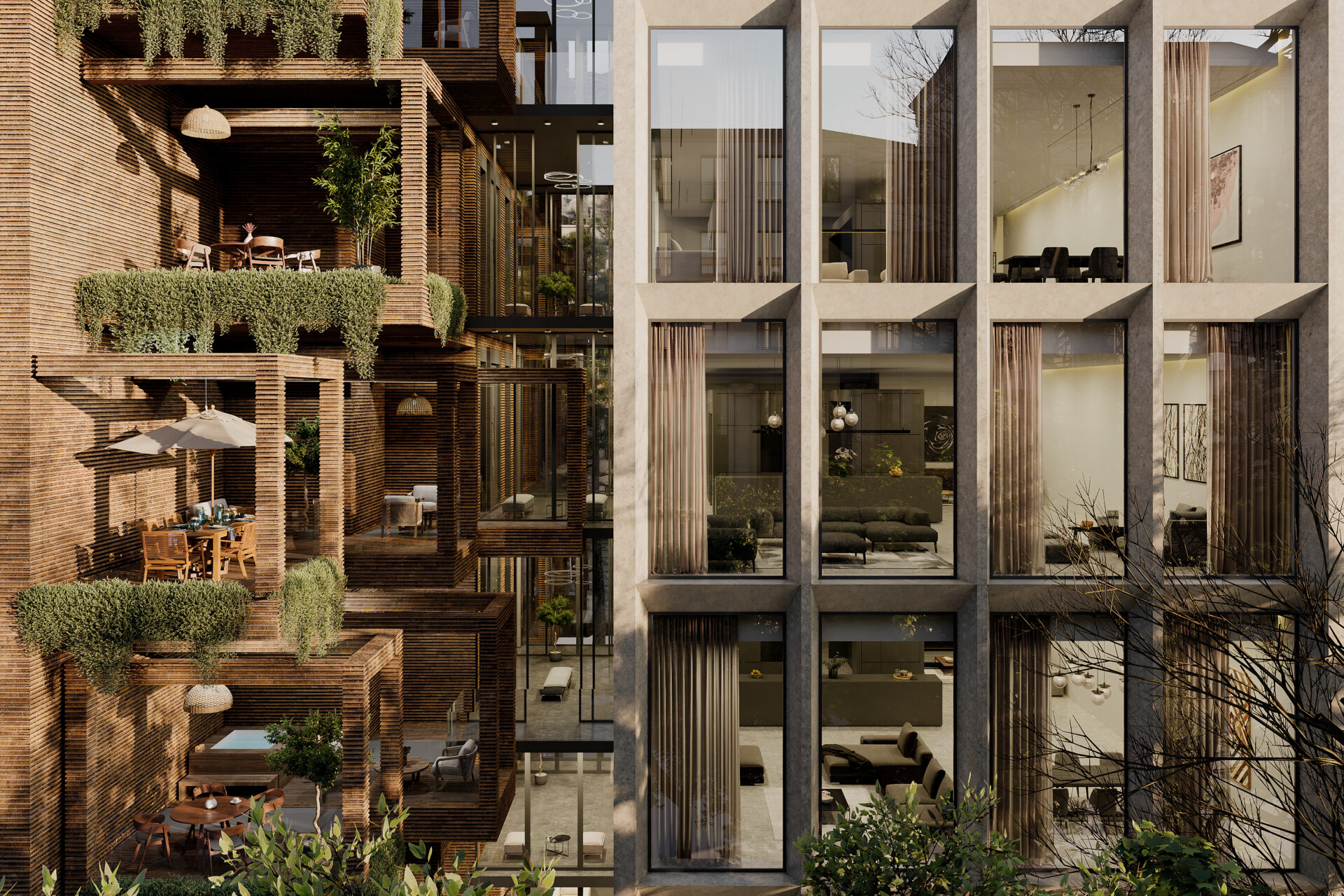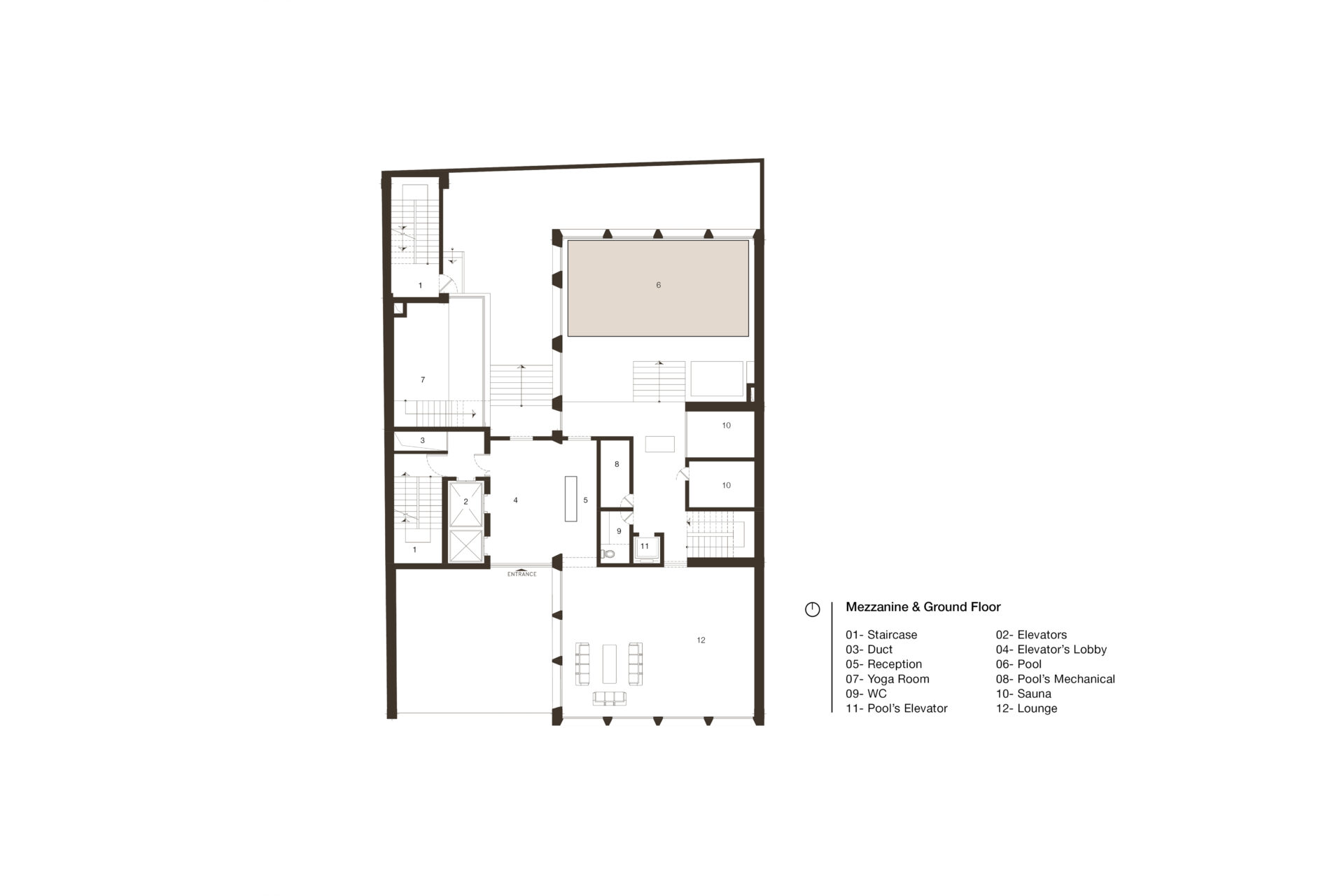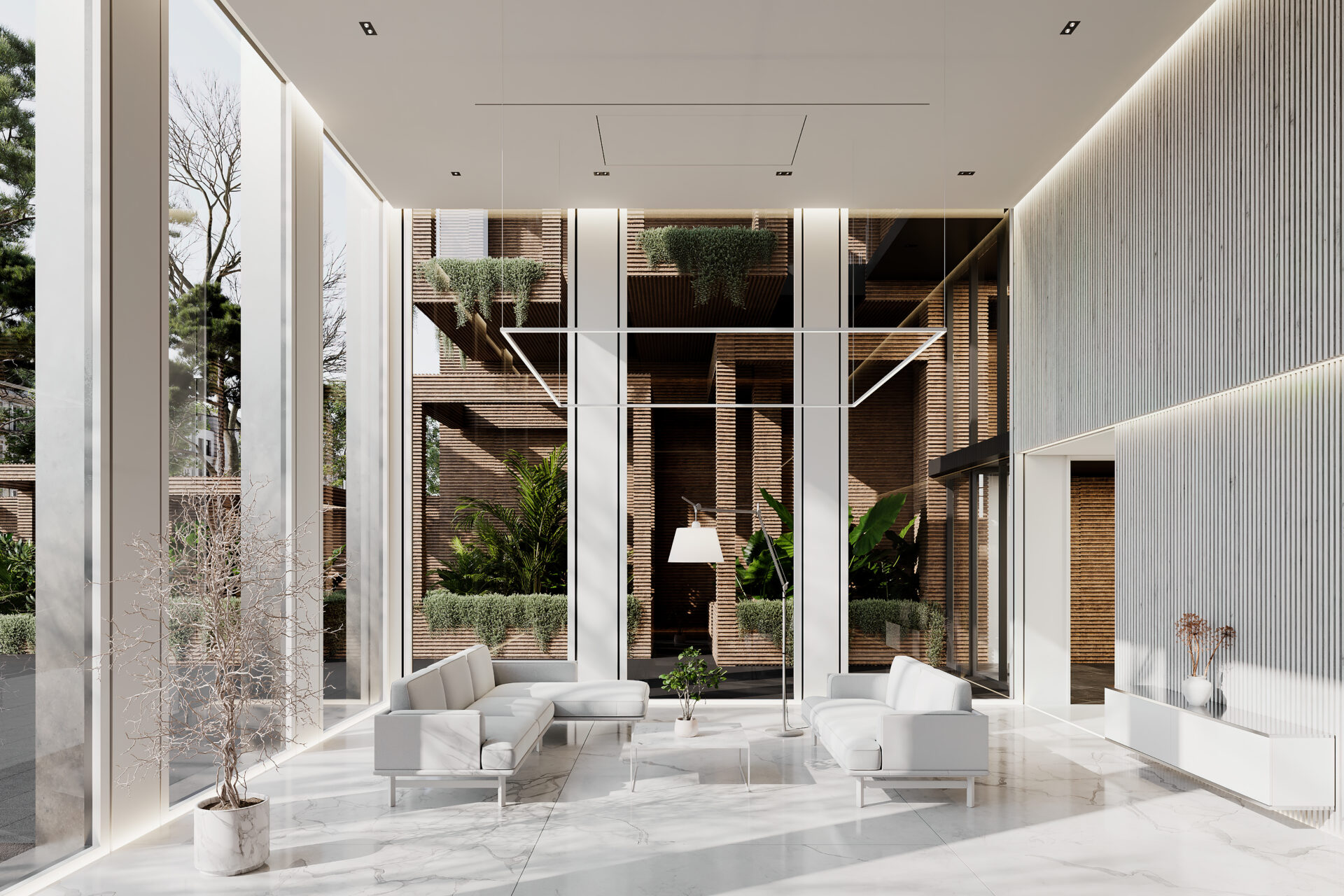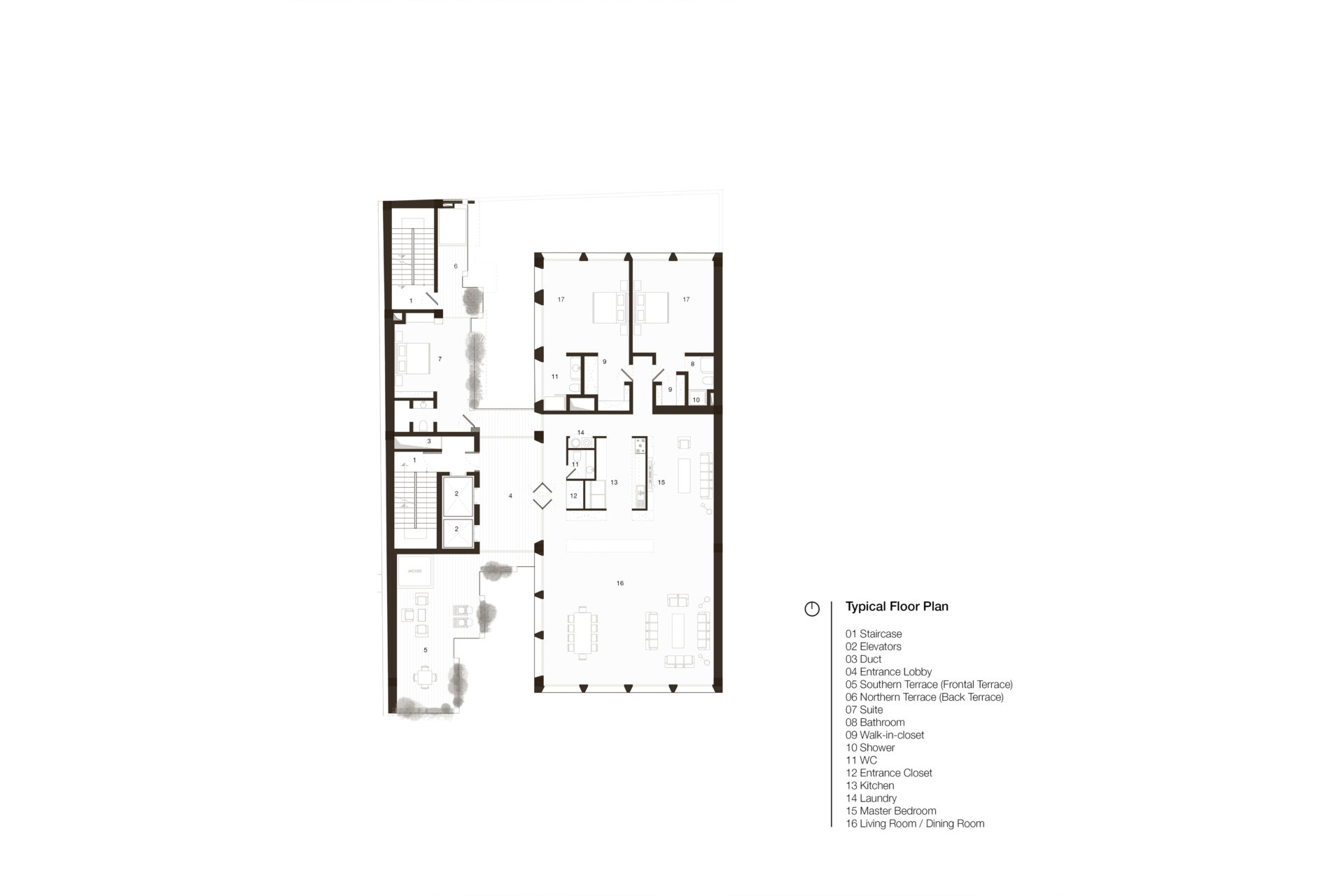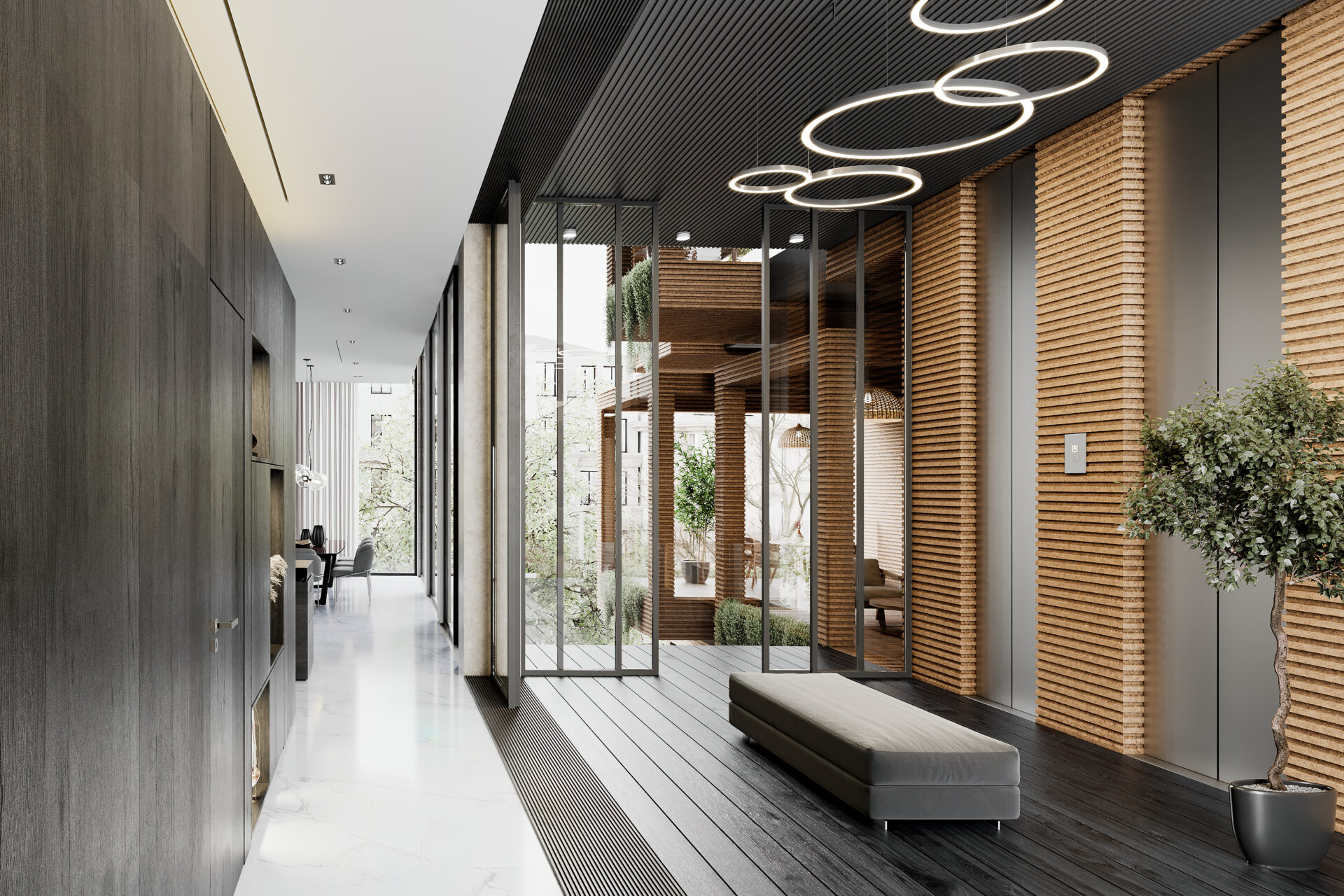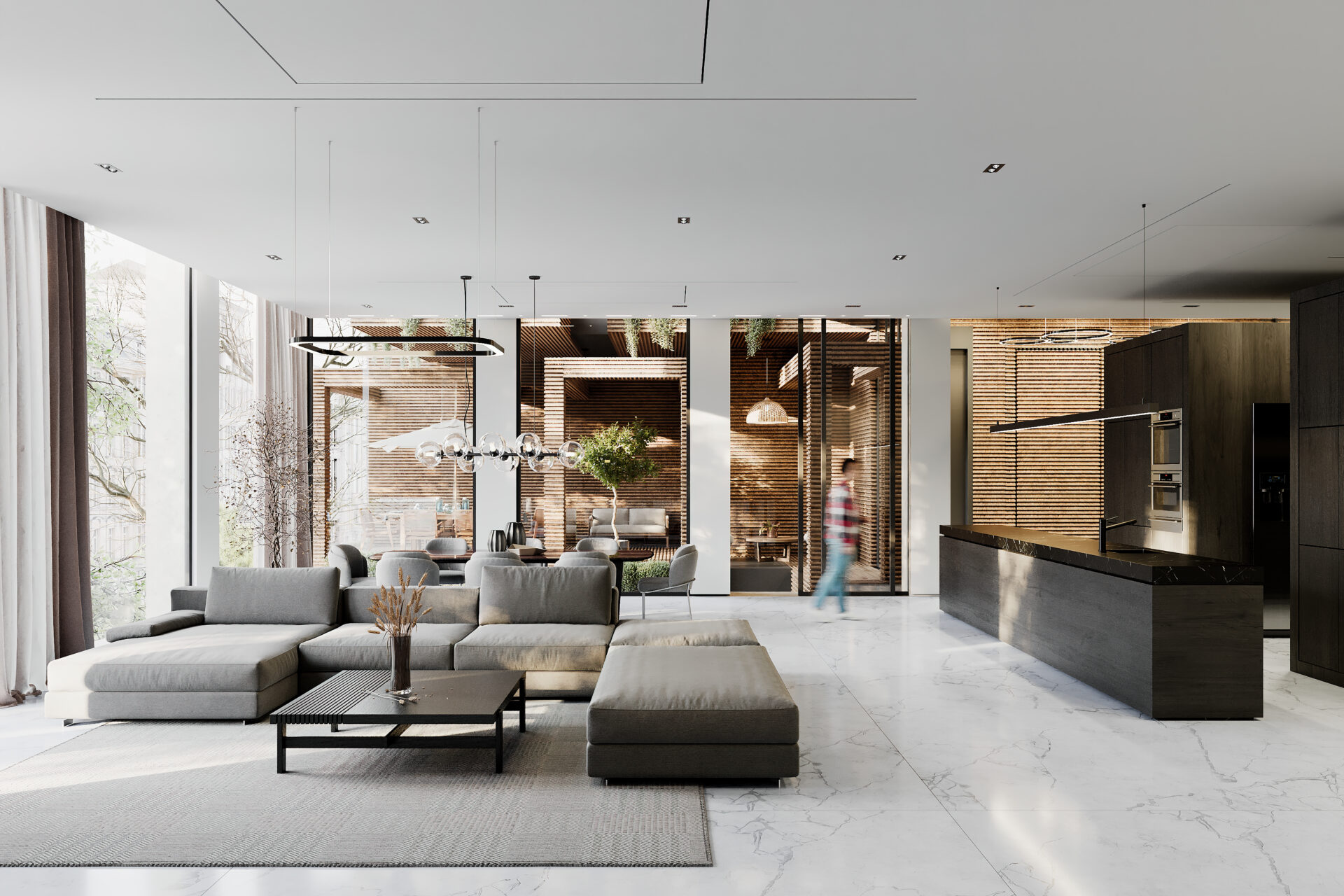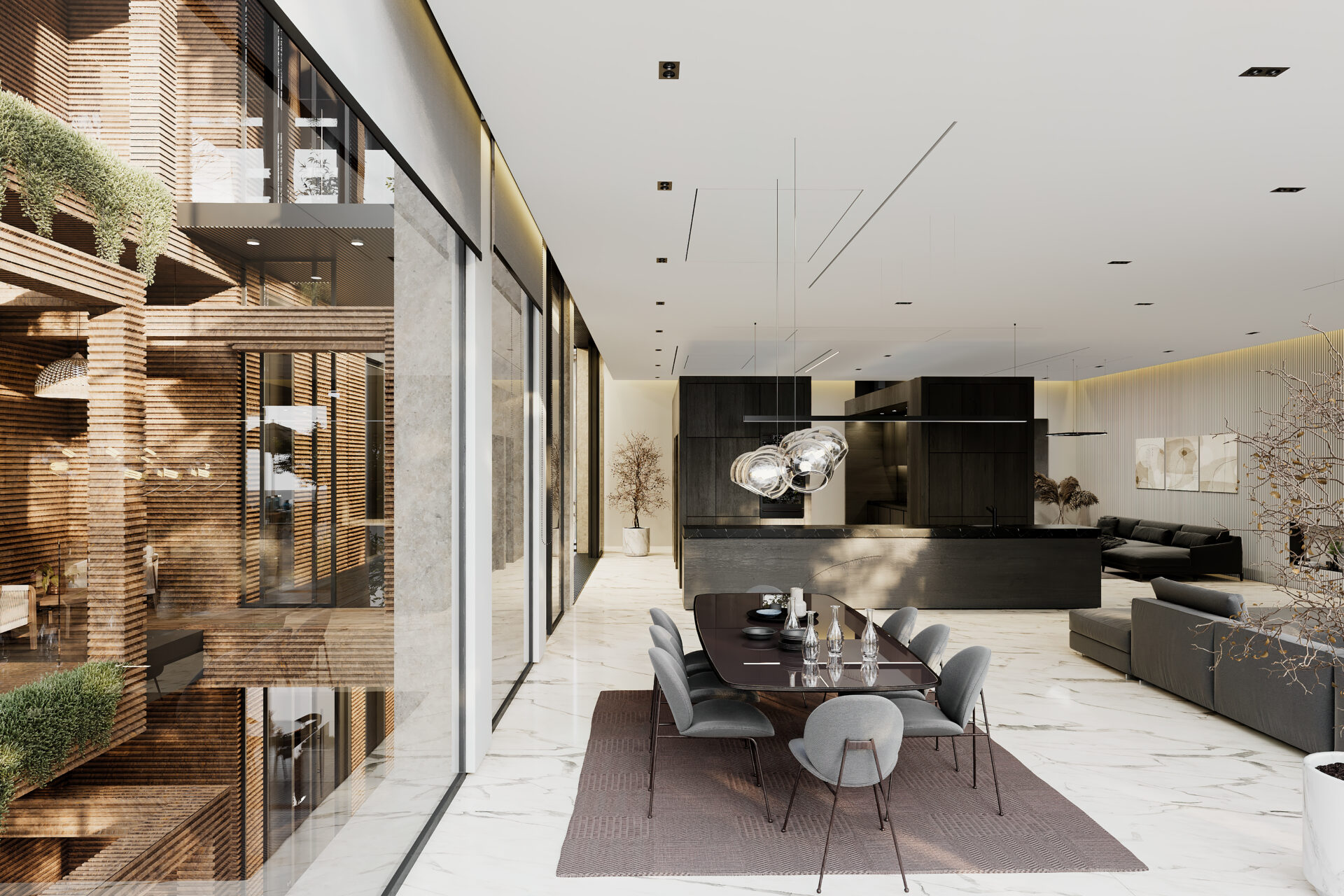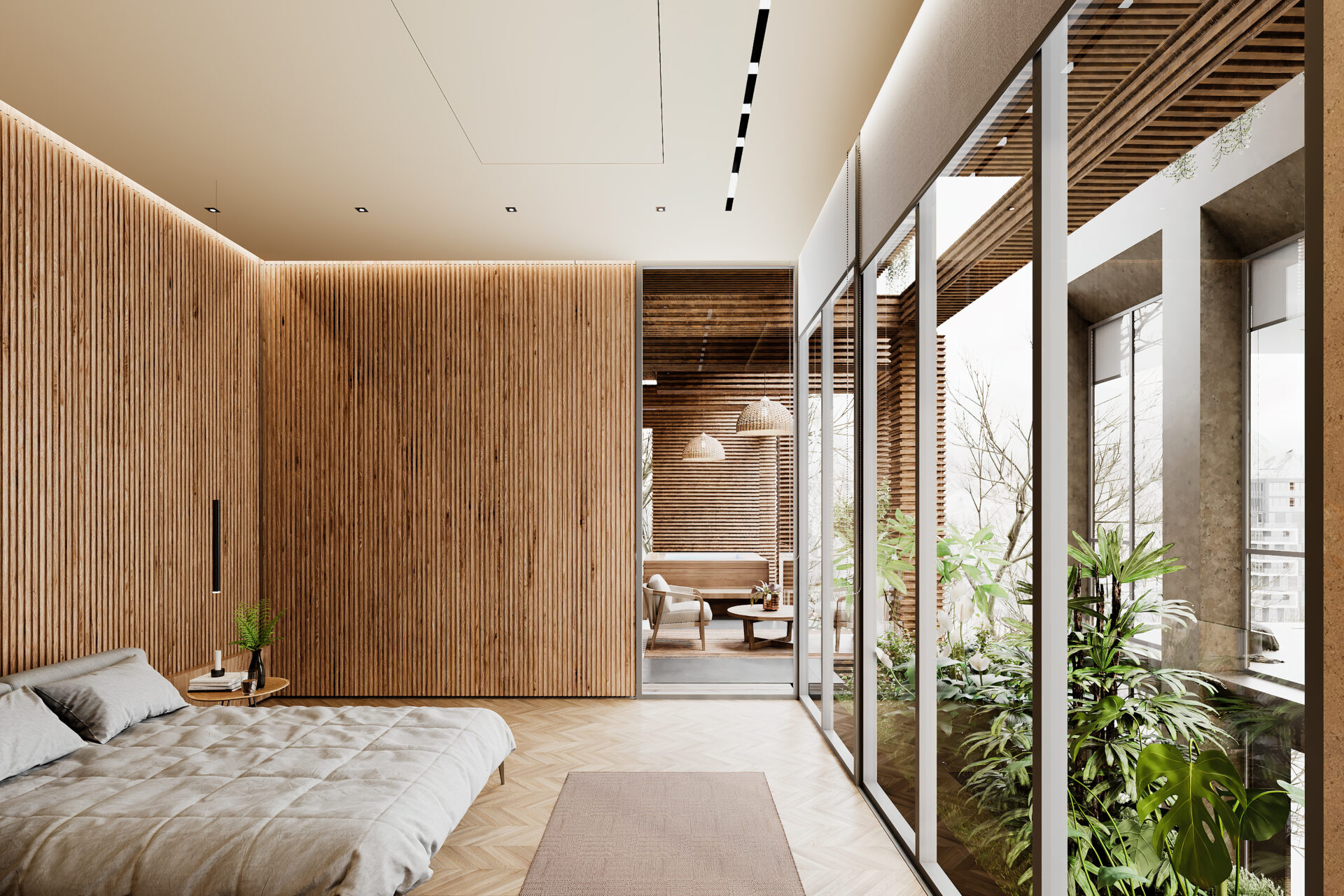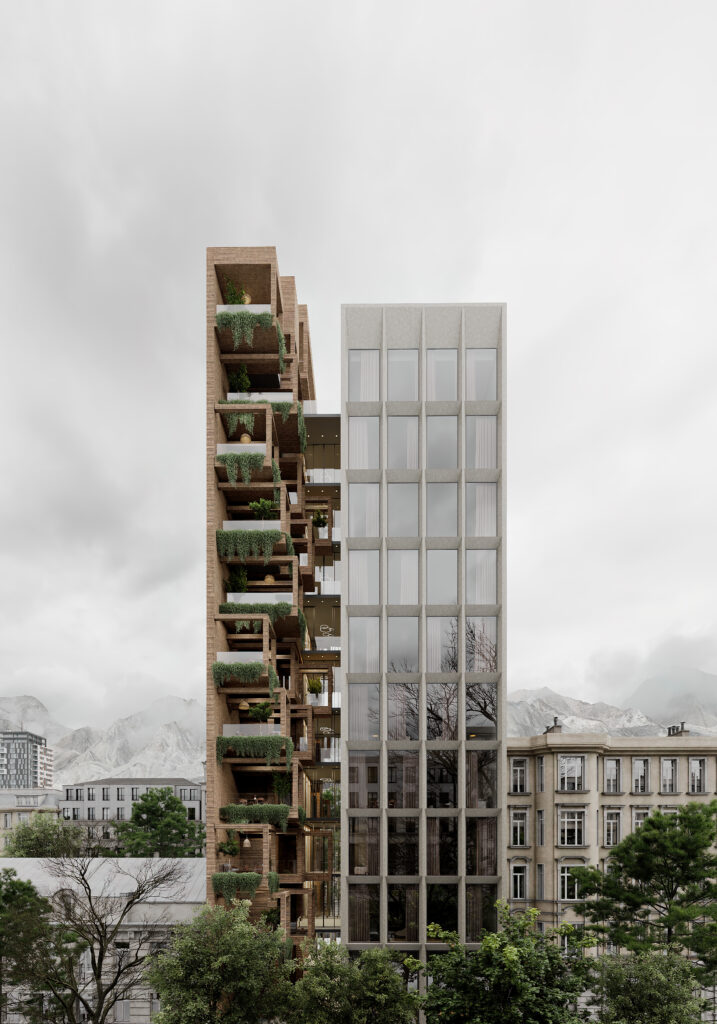
Suspended Pergolas Residence
Entering a Persian garden typically begins through a grand entrance gate. From an outsider’s perspective, the walled garden appears as a lush patch of greenery set against the Khaki-colored walls. In notable cases, such as Royal Gardens, the entrance could be especially impressive, often matching the architectural significance of the main villa, palace, or pavilion at the garden’s center. Sometimes, the entrance itself served as a major architectural feature, as seen with structures like the Sarhang Abad Palace, where the main building also functions as the primary entrance and integrates with the surroundings.
Persian paintings provide inspiration for garden design, illustrating the use of pergolas, tents, and pavilions within these spaces. Entrances to residential units or buildings traditionally start with a semi-open space known as the Iwan. There is a strong interplay between architectural elements and the landscape. Historical texts, such as those by Ruy Gonzalez de Clavi Jo, the Spanish ambassador to Timur, highlight the common use of tents and the prevalence of terraces and balconies for various activities.
In designing this project, the goal was to enhance the existing greenery by allowing it to grow upwards as the building rises. The structure comprises two distinct parts: one with a simple, clean form and the other featuring multiple terraces. These two sections are linked by a bridge, which also serves as the entrance to the residential units. The terrace section aligns with the axis of the existing trees.
The building’s orientation spans both the north-south axis and its perpendicular, facilitated by the central void. This design creates visual connections and reinforces the intended hierarchy. Infill projects face challenges related to their architectural interaction. If neglected, these projects risk becoming superficial displays rather than functional, quality spaces. The facade should not merely serve as a decorative element but should also enhance the spatial organization and quality of the interior architecture.
